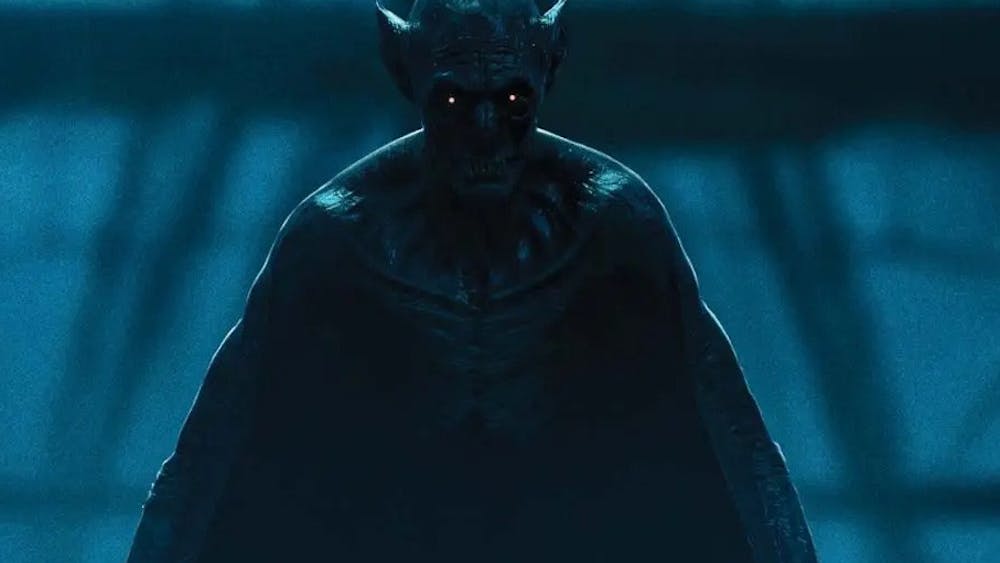IU has yet another type of orchestra it can boast about. This past Sunday night saw another performance of the Chamber Orchestra, which is basically a symphony orchestra taken down a notch. It is slightly smaller but still has most of the same instrumentation as the standard symphony orchestra. The only major difference is that a Chamber Orchestra plays music that does not call for a large variety of instruments and does not have any gargantuan scoring, which mostly entails composers before the middle of the 19th century. Although it is smaller, the Chamber orchestra still played some very pleasant music.\nFirst on Sunday's program was "Mozart's Symphony No. 32," which actually was more of a quasi-symphony because it only had two movements. It was typical Mozart -- beautiful, but not exciting. And like most other Mozart works, not much else need be said of the piece other than it was typical of that composer's genius.\nBut the next two pieces featured an instrument that does not typically have solo parts. It was the violin's larger, deeper, and more difficult cousin, the viola. The viola is an often overlooked instrument but it has an incredibly beautiful sound. It is deeper and richer than the violin, but more light and graceful than the cello. \nThe two works featuring violist Robin Hong were very different in character, which allowed the full range of the viola's versatility to be displayed. The first was a "Romance for Viola and Orchestra" by Max Bruch (1838-1920), a very calm and mellow work that showed the viola's soul more than anything else. It was followed by Carl Maria von Weber's "Andante and Rondo Ongarese for Viola and Orchestra," a work with both a flowing lyrical section and a lively Hungarian melody. Here the viola finally got to show what it really could do. Ms. Hong's fingers flew across the strings, deftly producing Weber's brilliant melodies. It was a very unique experience to listen to a Weber viola piece: an uncommon composer writing for an uncommon solo instrument. It was definitely a horizon-expanding performance.\nThe final item on the program was a very special work: Ludwig van Beethoven's fourth symphony. This is probably one of his best symphonies with its spectacular melodies and high demands on technique. The first movement was unforgettable. Perhaps the best word to describe it would be "heroic." It had that certain Beethoven "punch" to it. The second movement was a lyrical masterpiece and the third was an ecstasy, but it was the fourth that was the real eye-opener. The orchestra kicked into full speed on a very complex part, but still retained its musicality and beautiful melodies. The especially hard parts were on the woodwinds and strings in particular, but the overall effect of the piece were amazing. \nThis piece, though often overlooked, truly ranks among the great masterpieces of musical literature. The only fault that can be pointed at the orchestra was a very slight and subtle one that had very little diminishing effect on the piece. They played slightly too mechanically. It was nice that they kept straight tempo and everything, but Beethoven cannot be played like that. He wrote everything with all his heart and soul in it, so to approach it mathematically can only have a deleterious impact on the piece's effect. But the word "slightly" is emphasized. The orchestra still played with enough soul to make the piece appropriately effective.\nThe chamber orchestra featured both the beauty of the viola and magic of Beethoven free of charge for anyone who was interested in listening. It was a great opportunity for enjoyment.
Viola hits spotlight
Get stories like this in your inbox
Subscribe





